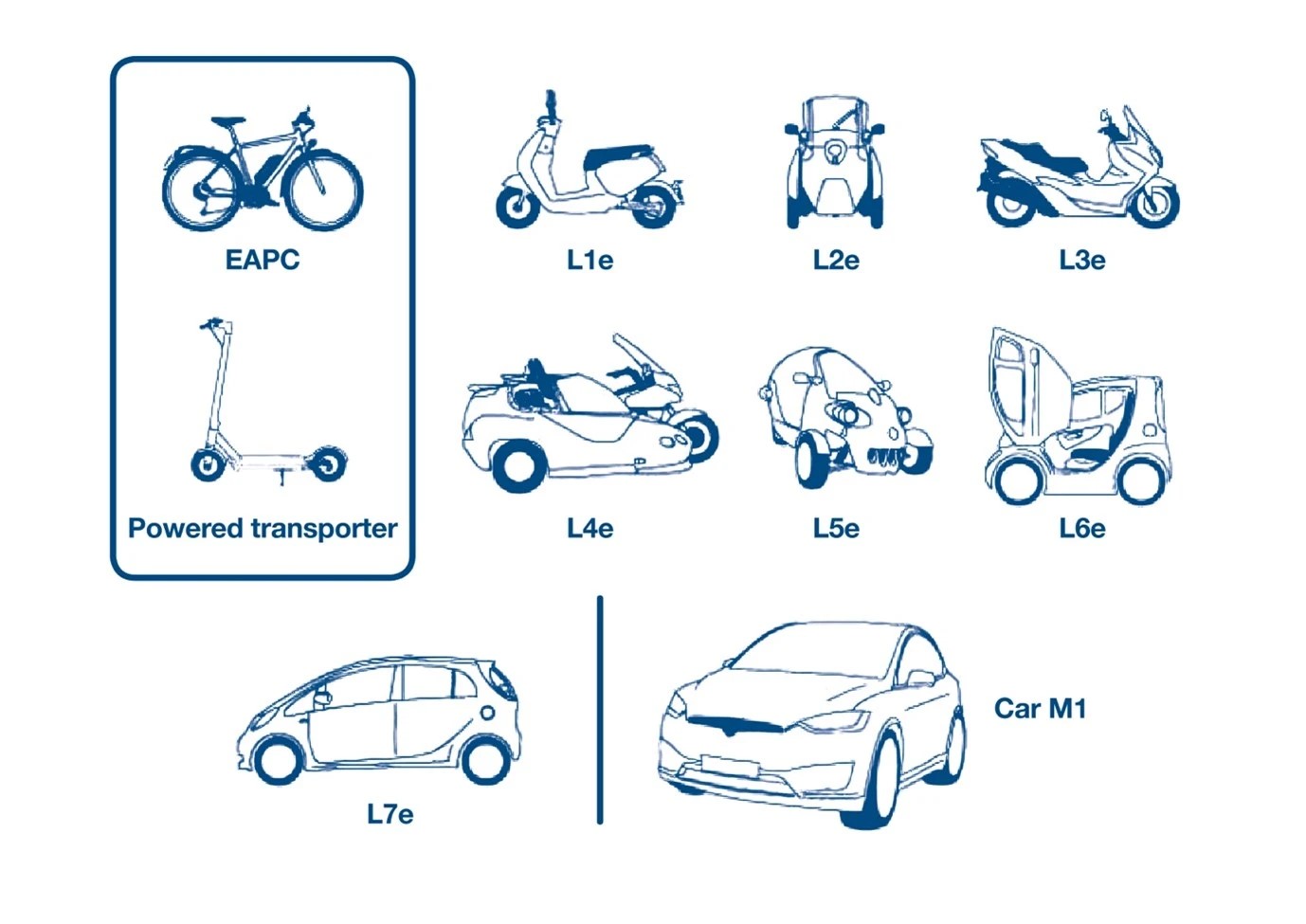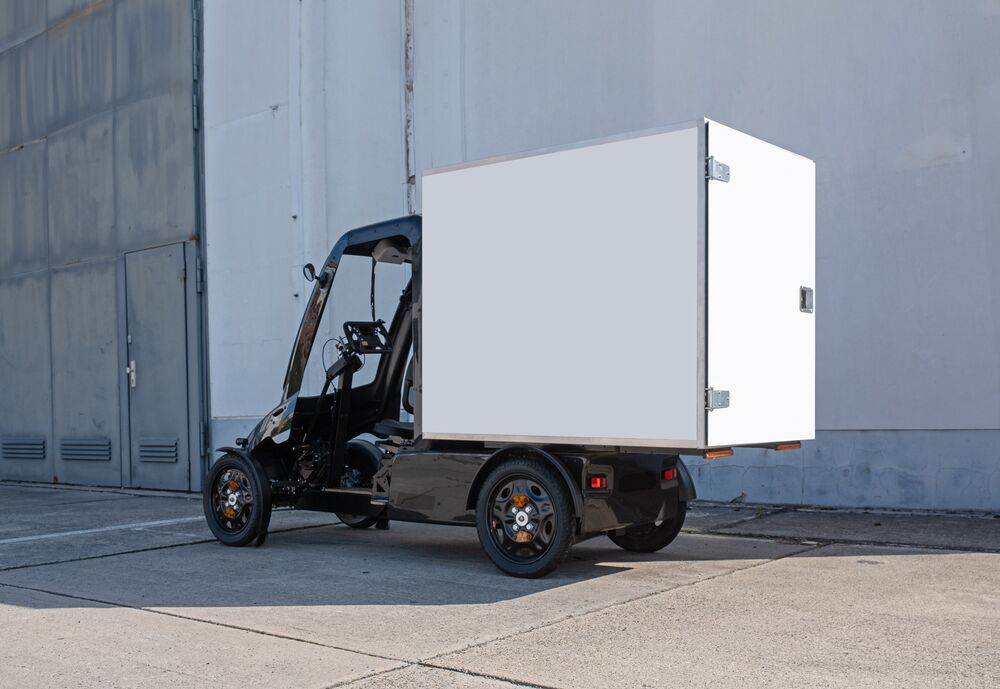마이크로모빌리티의 개념과 트렌드, 기술과 시장 판도에 대해 마우저 일렉트로닉스(Mouser Electronics)의 마크 패트릭(Mark Patrick)이 4부에 걸쳐 이야기 한다.
“‘마이크로 모빌리티’ 전기화·주문형 대세”
전기화 통해 탄소 배출 감축·운용 효율 높여
주문형으로 특정 필요성 충족·자율주행 포함
[기고순서]
1부: 마이크로모빌리티에 대하여
2부: 도시 인프라와 마이크로모빌리티
3부: 개인 교통 수단과 소비자들을 위한 해결 과제
4부: 미래에 마이크로모빌리티는 어떤 모습일까?
지난 10년 사이에 마이크로모빌리티(micromobility) 솔루션이 소비자용으로나 상업용으로나 꽤 큰 성공을 거두고 있다. 도시에서 전기 스쿠터나 전기 자전거 같은 마이크로모빌리티 솔루션이 대중 교통으로 끊임없이 가중되는 부담을 덜도록 일조하고 있으며 배달 서비스를 위한 새로운 수단을 제공하고 있다. 더욱이 전기 자전거는 다양한 능력의 사람들이 운동, 이동, 용무를 위해서 좀더 수월하게 자전거를 이용할 수 있도록 한다.
하지만 이러한 성공의 이면에 새로운 기술적 및 사회적 과제를 제기함으로써 대중의 확신을 얻고 시장을 성장시키는 데 걸림돌이 되고 있다. 미비한 법규는 마이크로모빌리티의 위험성을 통제하지 못하고 있으며 마이크로모빌리티의 궁극적 잠재력을 실현하는 것을 가로막고 있다. 뿐만 아니라 공급 사슬 문제와 조악한 품질의 제품이 작동 시에 고장을 일으키는 것이 시장에 영향을 미치고 있다. 마이크로모빌리티가 상당한 잠재력을 품고 있는 것은 맞지만, 이 시장이 계속해서 성장하고 긍정적인 영향을 미치기 위해서는 당면한 과제들을 해결하는 것이 필요하다.
이 글의 시리즈에서는 마이크로모빌리티의 현재 시장 판도, 트렌드, 기술과 규제 측면에서 새롭게 제기되는 과제들에 대해서 살펴본다. 또한 당면한 과제들을 해결하고 이 시장을 성장시킬 기술들에 대해서 알아본다.
■ 마이크로모빌리티, 25킬로미터 이하 1인용·2인용 교통 수단
마이크로모빌리티(micromobility)라는 용어는 저명한 산업 분석가인 호레이스 데디우(Horace Dediu)가 2017년에 고안한 것이다. 최고 속도 시속 25킬로미터의 1인용 또는 2인용 교통 수단을 말하는 것으로서, 주로 짧은 거리를 이동하는 데 사용된다. 역사적으로 마이크로모빌리티 솔루션은 사람의 힘으로 움직이거나 또는 소형 내연 엔진(ICE)을 사용해서 구동되었다. 그런데 최근에는 배터리 기술이 발전하면서 이 시장이 폭발적으로 확대되고 새로운 물결의 전기 구동 혹은 전기 보조 교통 수단이 등장하고 있다. 이러한 것들을 경전기차량(LEV)이라고 한다.
LEV는 전기 스쿠터, 전기 자전거, 페델렉(pedelec)에서부터 전기 오토바이 같은 좀더 큰 차량과 출력 최대 15kW 및 무게 400킬로그램 미만(운반용 차량은 550킬로그램)의 소형 전기차(EV)에 이르기까지 모든 것을 포괄한다. 유럽 연합(EU)은 크기, 바퀴 수, 용도에 따라서 LEV를 7개 카테고리(L1e∼L7e)로 분류하고 있다(그림 1).

▲그림 1 : EU의 7가지 경전기차량, 개인 교통 수단(전기 자전거와 전기 스쿠터), 자동차 분류(출처: Mouser Electronics, ROSPA의 오리지널 아트워크를 토대로 함)
여기에는 전기 스쿠터와 전기 자전거처럼 널리 사용되는 것들뿐만 아니라, 소형의 민첩한 전기 배달 차량, 자율 택시, 화물 운반용 전기 자전거 같은 새로운 마이크로모빌리티 솔루션들도 포함한다.
■ 시장의 성장과 개인 교통수단
마이크로모빌리티 시장은 지난 10년 사이에 꾸준한 성장세를 보여 왔으며, 코로나 팬데믹 동안에 크게 인기를 끌었다. 전기 스쿠터나 전기 자전거 같은 개인 교통수단이 많은 이들에게 대안적인 교통 수단으로 받아들여졌으며, 특히 혼잡한 버스나 열차를 피하려는 사람들에게 그랬다.
지역에 따라서는 이와 같은 갑작스러운 성장세가 누그러졌을 수도 있으나, 시장 조사 회사인 Precedence Research에 따르면 전기 스쿠터, 전기 스케이트보드, 전기 자전거 시장이 합쳐서 2023년부터 2032년까지 13퍼센트의 연 평균 성장률(CAGR)로 성장할 것으로 전망된다.
이러한 성장을 가능하게 하는 요인으로는 도시에서 마이크로모빌리티 교통 수단을 점점 더 많이 받아들이고, 좀 더 손쉬운 혹은 좀 더 다양한 소유가 가능해지고, 마이크로모빌리티가 부담이 가중되고 있는 대중 교통 및 도로망에 대해서 대안을 제시한다는 점을 들 수 있다.
■ 상업용 애플리케이션
마이크로모빌리티는 상업용 애플리케이션으로 많은 새로운 것들을 가능하게 한다. 대여 자전거와 스쿠터 공유를 들 수 있으며, 배달 솔루션도 가능하다. 혼잡한 도시에서는 배달을 위한 마지막 구간인 ‘최종 마일’이 몹시 까다로울 수 있다. 혼잡한 도로망으로 차를 사용한 배달은 신속하고도 신뢰하게 배달 서비스를 제공하기가 여의치 않을 수 있다. 한편으로 인구가 밀집된 도시에서 여러 주소로 배달해야 할 때 도보로 배달하기는 거의 불가능할 수 있다.
‘최종 마일’은 오래 전부터 주로 마이크로모빌리티 솔루션을 사용해 왔다. 이것은 일차 세계 대전 시절로 거슬러 올라간다. 당시에 배달부들은 ICE로 구동되는 오토바이를 이용해서 군 부대들 사이에 메시지를 빠르게 전달했다. 이후로 오토바이 배달부가 일반화되었으며, 음식과 소포에서부터 긴급 혈액 이송에 이르기까지 모든 것을 빠르게 배달했다.
오늘날 이 시장은 두 가지 개발 측면에서 급진적인 변화를 맞고 있다. 첫째는, 기존 솔루션을 전기화하면서 전기 자전거, 전기 스쿠터, 화물 운반용 전기 자전거, 전기 모페드, 오토바이가 ICE 구동 솔루션을 대체하고 있다는 것이다.
이러한 변화는 많은 도시들이 탄소 배출을 줄이고자 하는 것과 부합하며, 전기 자전거와 전기 스쿠터 배달은 운영 효율을 높이도록 한다. 다시 말하면 도로로 접근할 수 없는 지역에서 자전거 도로, 보도, 여타 대중 교통을 통해서 좀더 밀착되게 최종 배달을 할 수 있다.
둘째는, 새로운 주문형 LEV 보급이다(그림 2). 이러한 솔루션은 주문형 차량 디자인과 제어 전자장치를 사용해서 특정 애플리케이션의 필요를 충족할 수 있으며 완전 자율 솔루션을 포함할 수 있다.

▲그림 2 : 이 배달용 LEV 같은 주문형 LEV는 마이크로모빌리티 기술의 도입을 촉진할 것이다.(출처: Jarama/stock.adobe.com)
예를 들어서 북유럽 국가들에서는 PostNord가 5,000대 이상의 LEV를 도입했다. 여기에는 Garia Utility Vehicles가 개발한 것과 같은 주문형 디자인을 포함한다.[3] 이 차량은 도시에서 기민한 배달을 가능하게 하고 공공 보도를 사용할 수 있다. 크기가 작고, 기동성이 뛰어나고, 소음이 없는 전기 드라이브트레인이기 때문이다.
■ 맺음말
이 글의 시리즈에서는 앞으로 계속해서 마이크로모빌리티의 세계를 좀더 깊숙이 들여다보고자 한다. 다음 편 글에서는 도시 인프라 내에서 마이크로모빌리티 솔루션이 어떤 역할을 하고, 왜 도시들이 마이크로모빌리티가 성공하기를 바라면서도 균형을 이루기 위해서 애를 쓰고 있으며, 도시들이 마이크로모빌리티의 과제를 해결하기 위해서 어떻게 하고 있는지 알아본다.
※ 기고자 소개
 마크 패트릭(Mark Patrick)은 Mouser의 EMEA 팀 소속으로서, 2014년 7월에 Mouser Electronics에 입사했으며, 그 전에는 RS Components에서 고위 마케팅 직책을 역임했다. RS 전에는 Texas Instruments에서 8년 간 재직하면서 애플리케이션 지원 및 기술 영업 직책을 역임했다. 코번트리 대학에서 전자공학 최우등 학위를 취득했다.
마크 패트릭(Mark Patrick)은 Mouser의 EMEA 팀 소속으로서, 2014년 7월에 Mouser Electronics에 입사했으며, 그 전에는 RS Components에서 고위 마케팅 직책을 역임했다. RS 전에는 Texas Instruments에서 8년 간 재직하면서 애플리케이션 지원 및 기술 영업 직책을 역임했다. 코번트리 대학에서 전자공학 최우등 학위를 취득했다.



 마크 패트릭(Mark Patrick)은 Mouser의 EMEA 팀 소속으로서, 2014년 7월에 Mouser Electronics에 입사했으며, 그 전에는 RS Components에서 고위 마케팅 직책을 역임했다. RS 전에는 Texas Instruments에서 8년 간 재직하면서 애플리케이션 지원 및 기술 영업 직책을 역임했다. 코번트리 대학에서 전자공학 최우등 학위를 취득했다.
마크 패트릭(Mark Patrick)은 Mouser의 EMEA 팀 소속으로서, 2014년 7월에 Mouser Electronics에 입사했으며, 그 전에는 RS Components에서 고위 마케팅 직책을 역임했다. RS 전에는 Texas Instruments에서 8년 간 재직하면서 애플리케이션 지원 및 기술 영업 직책을 역임했다. 코번트리 대학에서 전자공학 최우등 학위를 취득했다.